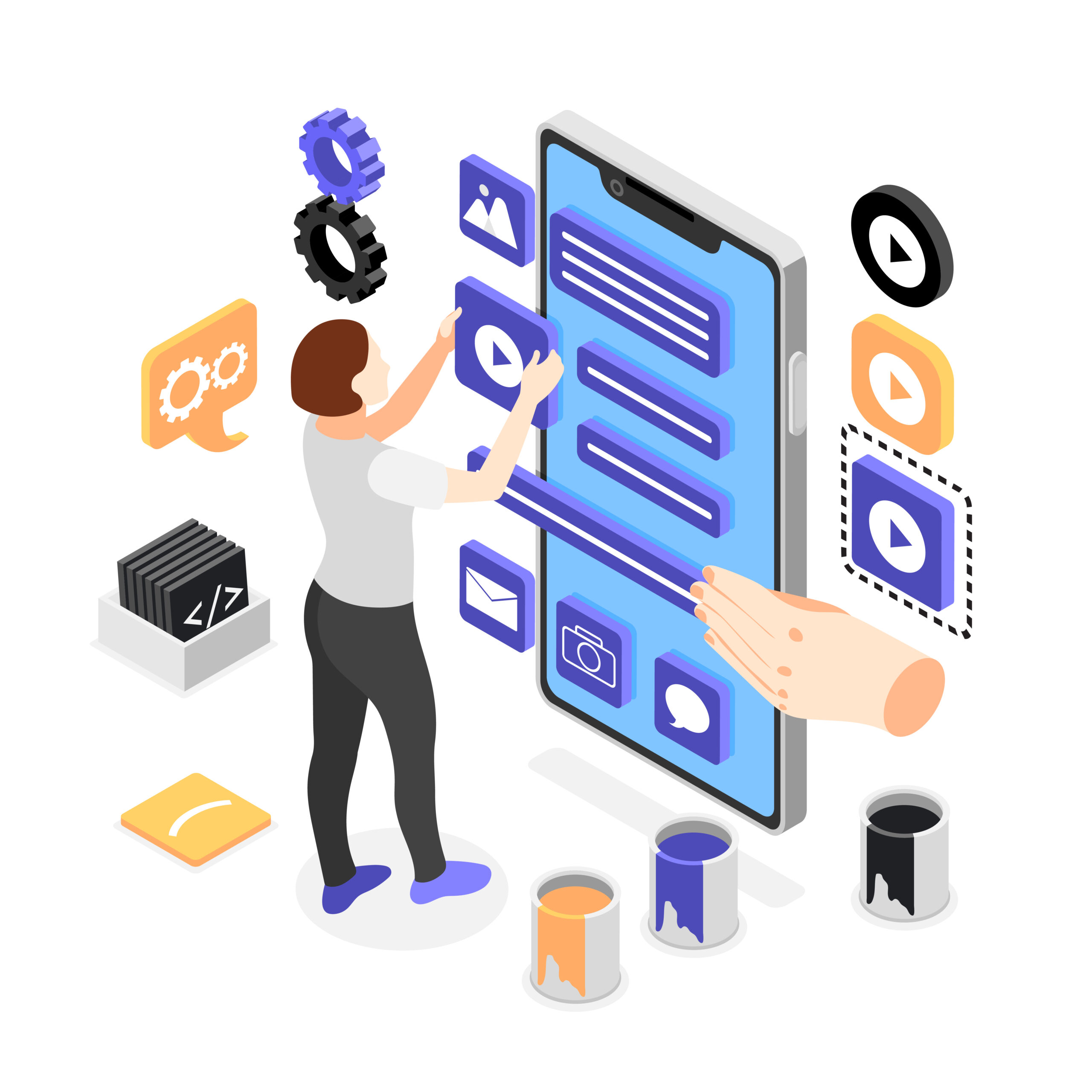In the fast-paced world of fintech, Tamara has emerged as a leading “Buy Now, Pay Later” (BNPL) platform based in Saudi Arabia. With a user-centric approach and seamless transaction capabilities, the Tamara app has set a benchmark in the MENA region’s digital payment space. But what goes into developing such an innovative and secure application? In this article, we will explore the Tamara app development process, offering a detailed walkthrough of each phase from ideation to deployment and beyond.
1. Understanding the Market and Conceptualization
The foundation of any successful app begins with market research. For Tamara, this meant analyzing consumer behavior, identifying pain points in traditional payment methods, and studying the rapid adoption of BNPL solutions across the Middle East.
The ideation phase focused on:
- Offering flexible payment options to customers.
- Ensuring merchants benefit from increased sales and customer loyalty.
- Delivering a smooth, intuitive user experience through mobile and web platforms.
This research phase also involved competitor analysis and regulatory considerations, especially given the financial nature of the app.
2. Defining Core Features and Functionalities
Once the concept was validated, the next step in the Tamara app development process was defining the Minimum Viable Product (MVP). This ensured the app could go to market quickly while delivering essential features.
Some of the MVP features included:
- User authentication and KYC compliance
- Seamless product integration for merchants
- Multiple payment options: Pay now, Pay later, or in installments
- Real-time transaction tracking
- Push notifications and reminders
- Merchant dashboard and reporting tools
Additional features were gradually added after the MVP launch, such as loyalty rewards and in-app customer support.
3. UI/UX Design and Prototyping
The Tamara app stands out for its minimalistic and intuitive user interface. In the design phase, UX experts mapped out user journeys to reduce friction points and make the onboarding process simple.
The design team focused on:
- A clean layout that aligned with Tamara’s brand.
- Easy navigation between stores, checkout, and payment schedules.
- Responsive design for both iOS and Android devices.
- Accessibility standards to accommodate all user groups.
Clickable prototypes were created using tools like Figma or Adobe XD, allowing stakeholders to visualize the app’s look and feel before development.
4. Choosing the Right Tech Stack
Choosing the right technology is a critical part of the Tamara app development process. Since the platform needed to support high-speed transactions and real-time communication, scalability and security were top priorities.
Typical tech stack components:
- Frontend: Flutter or React Native for cross-platform development
- Backend: Node.js with Express or Python Django for APIs
- Database: PostgreSQL or MongoDB for data storage
- Payment integration: Stripe, PayTabs, or custom gateway APIs
- Cloud services: AWS or Azure for hosting and scalability
- Security: End-to-end encryption, two-factor authentication (2FA), and GDPR compliance
5. Agile Development and Testing
To ensure smooth development, the project followed Agile methodologies. Development was broken down into sprints, each delivering a set of features or improvements. Continuous integration and regular stand-ups ensured the team stayed aligned on goals.
Key development priorities included:
- Backend logic for installment calculation
- User account management
- Merchant onboarding process
- Notifications and alerts
- Payment API integrations
Simultaneously, Quality Assurance (QA) engineers performed rigorous testing:
- Unit testing for individual modules
- Integration testing for third-party APIs
- Security testing to prevent breaches
- Load testing to ensure performance under high traffic
- UI/UX testing for usability across devices
6. Regulatory Compliance and Data Protection
Given that Tamara deals with sensitive user data and financial information, regulatory compliance is a non-negotiable aspect of the development process. The app follows standards outlined by SAMA (Saudi Central Bank) and adheres to local data privacy laws.
Some compliance-related integrations include:
- Secure KYC/AML verification systems
- Encrypted payment processing
- Real-time fraud detection and risk scoring
- Audit logs and reporting dashboards
Ensuring compliance not only built user trust but also secured necessary licensing to operate in the region.
7. Launch and Post-Launch Support
Once development and testing were complete, the Tamara app was rolled out in phases—starting with a soft launch for internal users, followed by a public launch in Saudi Arabia and later expansion to UAE and Kuwait.
The post-launch phase included:
- Real-time monitoring of app performance
- Gathering user feedback for quick iterations
- Fixing bugs and updating app functionalities
- Onboarding new merchants and partners
In parallel, the marketing team worked to promote the app through influencers, social media, and email campaigns.
8. Ongoing Updates and Scaling
Fintech apps like Tamara require continuous improvement to stay ahead in a competitive landscape. The Tamara app development process doesn’t stop after launch—it evolves constantly.
Some ongoing improvements include:
- AI-driven recommendations for customers
- Improved merchant analytics dashboards
- More localized language options
- Expansion of payment methods (e.g., Apple Pay, Mada)
Moreover, the app infrastructure was built to scale horizontally, handling thousands of simultaneous users during promotional periods like Ramadan or Black Friday.
Final Thoughts
The Tamara app development process is a textbook example of how a modern fintech solution can be built to meet both user expectations and regulatory demands. From idea validation to continuous improvement, each stage plays a vital role in creating a successful, secure, and user-friendly app.
For businesses looking to create their own BNPL or financial solution, Tamara serves as an inspiring blueprint—proving that innovation, backed by thoughtful development, can reshape entire industries.

